How & When to Plant Roses: Varieties & Uses
-
Ashley Bates
- Last updated:
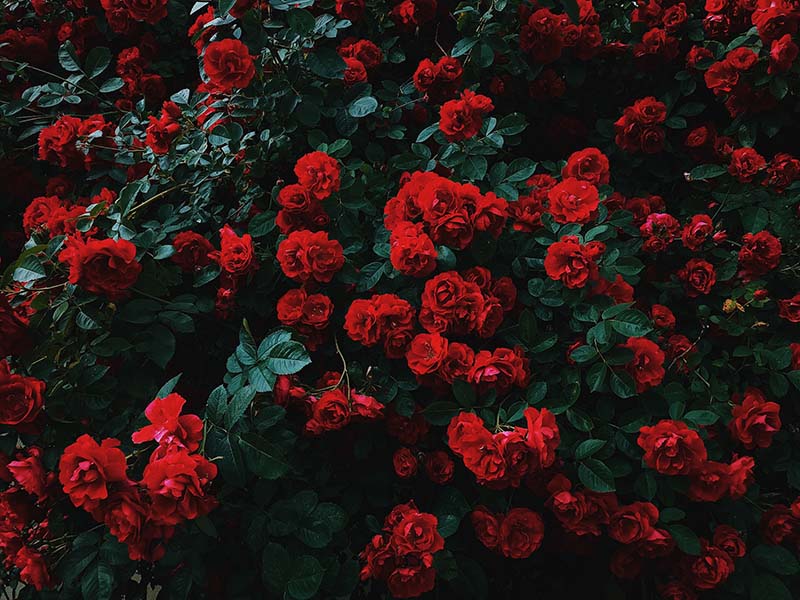
Roses have maintained steady popularity throughout the years due to their breathtaking appearance and aromatic properties. Growers can get downright obsessed, trying out different species of roses filling their gardens with color and magic.
If you’re new to growing roses, you might wonder exactly when you should plant them, among other things. Not to worry, we’ll go over exactly how to ensure successful growth.
Before You Plant Rose: Things to Consider
Roses can grow by hands of any experience level, but you can get very intricate with keeping these plants, too. Some folks take their rose growing very seriously, using fertilizers and particular soil to keep their plants healthy and dense. Here are some basic concepts to keep in mind when you are planting roses.

Soil
Roses enjoy loamy, airy soil that drains well. Roses are a little finicky when it comes to soil, needing lots of organic matter, clay, and silt. Always plant roses that thrive in this environment without flooding or sitting water.
In general, roses prefer soil around 6.5 pH, just slightly toward the acidic side of neutral.
Lighting
Roses need full sun to do their best—at least four hours a day, but ideally six to eight. They love the rays and will soak up all they can.
Some roses can be tolerant of moderate amounts of shade, but none can grow in deep shade.
- Hybrid musk roses
- David Austin roses
- Alba roses
- Old English roses
They are always an option and grow just as beautifully as any other variety. Plus they can really spruce up and otherwise bland yard space.

Watering
Roses need adequate water to produce lovely blooms all season. It is best to water roses close to the base, and water slowly. You should never water the flowers or foliage as it can increase the risk for disease, especially if the leaves are damp overnight.
Pruning
Pruning roses depends a lot on your zone hardiness location.
- Zone 3 & 4: May
- Zones 5, 6, and 7: March or April
- Zone 8: February or March
- Zone 9: January or February
- Zone 10: January
In colder climates, after the last frost is a great time to prune the roses. You can start by removing all the dead leaves to see the bush structure and stems. Removing the dead leaves also uncovers pests hiding.
You can trim weak or leggy growth to promote healthy, plump blooms.
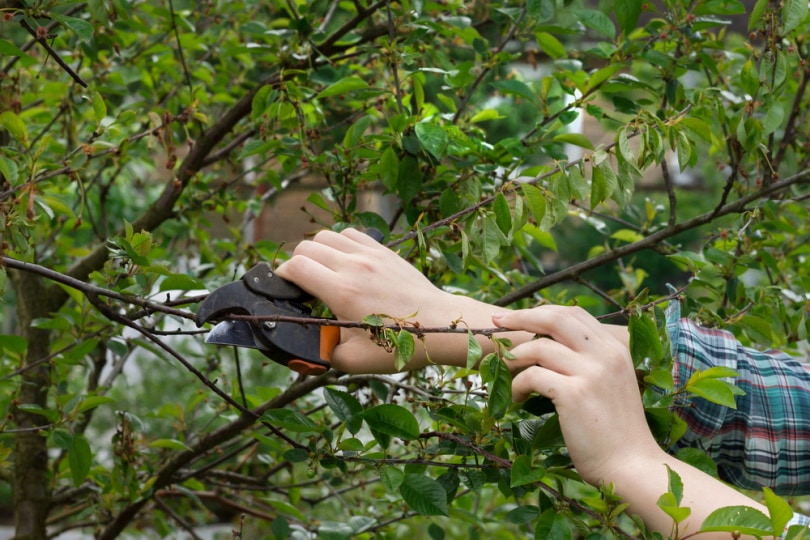
Starting from Seed
- Seed trays
- Soil
- Planting pots
- Fertilizer
- Fungicide
Starting roses from seeds can be very challenging. It is time-consuming and produces slowly. It isn’t unusual to have your starts for a few years before you see blooms when you start from seeds. But the results can be well worth it. All you will really need for the process is seeds and soil.
Before you actually plant your rose seeds, the seeds themselves need to undergo a stratification process. It would be best if you got trays with planting mix, adding in the seeds for three to four inches. The planting mix should be moist but not wet.
Once you have the seeds snuggly in the soil, you can place them in the refrigerator for up to 12 weeks. Once the process is complete, you can proceed by taking them out.
Sadly, only 20 to 30% of all seeds will actually take root. So, if your seeds won’t germinate, they don’t have a high success rate. If you are an inexperienced grower or want guaranteed blooms, you might want to start with cuts or pre-grown plants.
Many choose other rose options due to the time in between starting the plants and seeing the fruits of your labor.
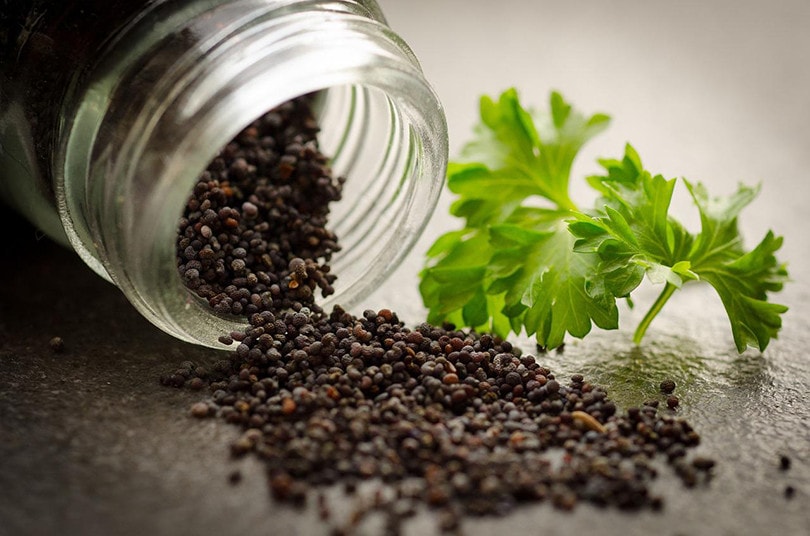
Starting Roses from Cuts
If you have some gardening experience, you may successfully start rose bushes from cuts. You can cut from an existing bush to start an entirely new plant.
- Softwood — These cuttings are taken from flexible new stem growths in late spring to early summer. You cut these portions roughly the length of a pencil.
- Semi-hardwood — These cuttings are taken in the late summer or early fall. Fresh stems are more developed at this time. It’s the prime period for rose hips, so look out for these new growths where flowers used to be.
- Hardwood — Hardwood cuttings are taken from mature, hardened growths in the early winter. Plants must be dormant.
If you choose to start roses from cuttings, you’ll need a few things to get you started.
- Rooting hormone
- Stick or pencil
- Small dish
- Pruners
- Warm water in a bucket
Arguably the best way to start roses is to let them grow from cuts. The process is relatively easy, and the results are usually favorable. You will need a rooting hormone supplement for best results, though it’s sometimes achievable without.
You simply use a pencil or a similar-sized cylinder shape. You can insert your rose cuttings with rooting hormone on the tips. Make sure when making the holes that it is large enough that the rooting hormone stays on the ends.
It would help if you placed the stem 3 to 4 inches deep, covering two nodes. Place soil firmly around the stem, keeping it in place.

Buying Pre-Grown Roses
A popular choice among Rose lovers is buying pre-grown plants. These types of roses come as bare root or potted selections. These plants are already established, so you don’t have to worry about the difficulties of starting your own Rose plants—plus, you can enjoy blooms sooner.
You can find a variety of roses at home improvement stores, garden centers, and online shops. When you bring home the roses, you will usually find that the bare roots have been protected by mulch or like material. It would be best if you rehydrated the roots before planting.
Before planting, you should pick your spot and prepare your soil. Roses love clay or sandy soil, and many people choose to mound the planted area to promote proper draining. Both bare root and rose bushes require a hole at least two feet deep to comfortably encase the roots without cramping.
Once you get the roses into a chosen spot, you can slightly mound up the dirt for proper drainage. Make sure to keep them watered and fertilized accordingly. Once your plant settles into its new environment, fresh growth emerges.
Blooming
Once you start noticing growth on your plant in the spring months, you can expect to see blooms shortly after that. On average, roses bloom 6 to 8 weeks after new growth emerges. So, once you spot those tiny fresh green leaves, you can patiently anticipate your oncoming blossoms.
If you have raised your plants from seeds, it can be several years before you reap the rewards of your own blooms. But with patience and Presser Vere and‘s, they will come.
Folks love roses because they bloom all through the summer months, roughly every six weeks.
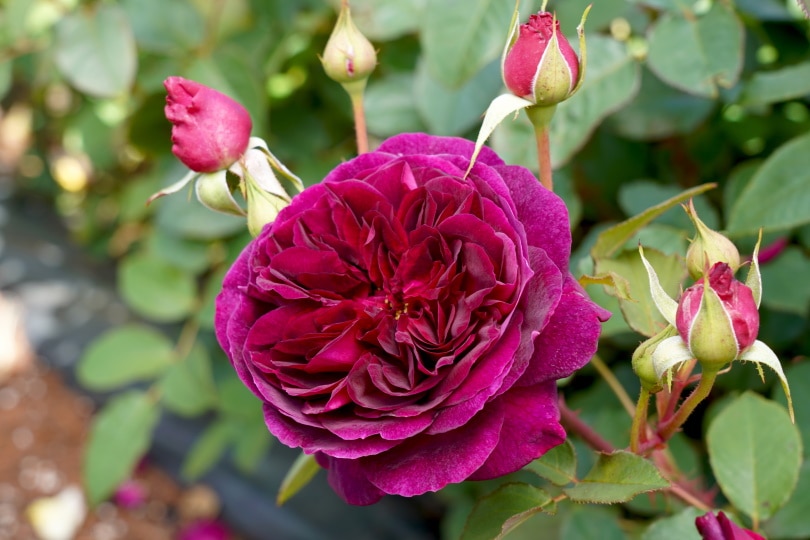
Fertilizer
A good rule of thumb about fertilizer is to treat every time you see new growths after every bloom cycle. Once the plants have gone dormant in the fall and winter, you can fertilize them again.
The amount of fertilizer you need for your roses depends greatly on the vibrancy you’re looking for. Controlling the fertilizer allows you to choose whether you will have a large dense flower or several smaller blooms.
Fertilizer can also nurture the roots and the stem systems, providing organic matter in nutrient-dense soil. And while your roses are developing blooms, they need plenty of fertilizer to help them along the way.
Varieties of Roses
If you are a rose lover or just started dabbling in gardening, you might be all stricken with all of the beautiful varieties you have to choose from. Roses are common in just about any color combination you can imagine. Roses are as beautiful as they are beneficial. People enjoy roses for their unique, fragrant scent and medicinal properties.
- Floribunda
- Miniature
- Shrub
- Climber/rambler
- About Face
- Bonica
- Cherry Parfait
- Teasing Georgia
- Easy Does It
- Flagstaff
- Rainbow Knockout
- French
- Prickly Wild
- Prairie
- Smooth
- Carolina

Rose Uses
- Decoration
- Fragrance
- Commercial Cuttings
- Landscaping
- Hedging
- Slope Stabilization
- Essential Oils
Rose Concerns
Roses are generally easy to grow, even though advanced care is required for show-quality results. However, they can get certain diseases or pests that can be detrimental to the plant.
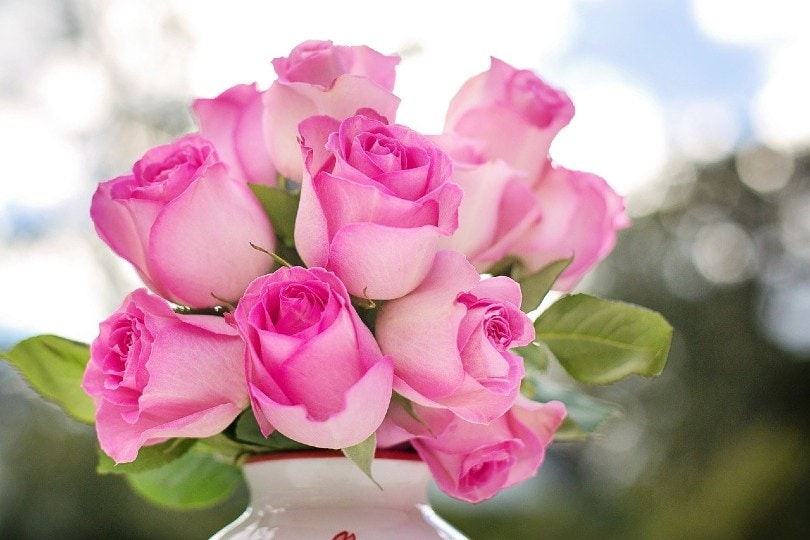
Pests
- Aphids
- Rose sawflies
- Thrips
- Slugs
- Japanese beetles
- Spider mites
- Rose scale
- Rose cane borers
Disease
- Powdery mildew
- Black spot
- Dieback
- Stem canker
Conclusion
So now you know a little more about how to get started with roses. If you want to put in the time and effort it takes, starting roses from seeds can be very rewarding. Keep in mind that it has a little trouble germinating, so you might want to get several seeds.
Roses are pretty easy to maintain, and you can get as intricate or keep it as simple as you wish. Just make sure to plant them in a sunny spot where they get at least six hours of solid sunlight per day—and voila! There you have it.
See also: Do Roses Like Acidic Soil? What pH Do They Prefer?
- https://www.gardenloversclub.com/ornamental/flowers/roses/best-soil-for-roses/
- https://www.heirloomroses.com/info/watering-roses
- https://www.gardendesign.com/roses/pruning.html
- https://www.gardentech.com/blog/how-to-guides/growing-roses-from-cuttings
- https://www.gardeningknowhow.com/ornamental/flowers/roses/growing-roses-from-seed.htm
- https://www.bhg.com/gardening/flowers/roses/feeding-roses/
- https://savvygardening.com/rose-pests/
Featured Image Credit: Nikita Tikhomirov, Unsplash
Contents

